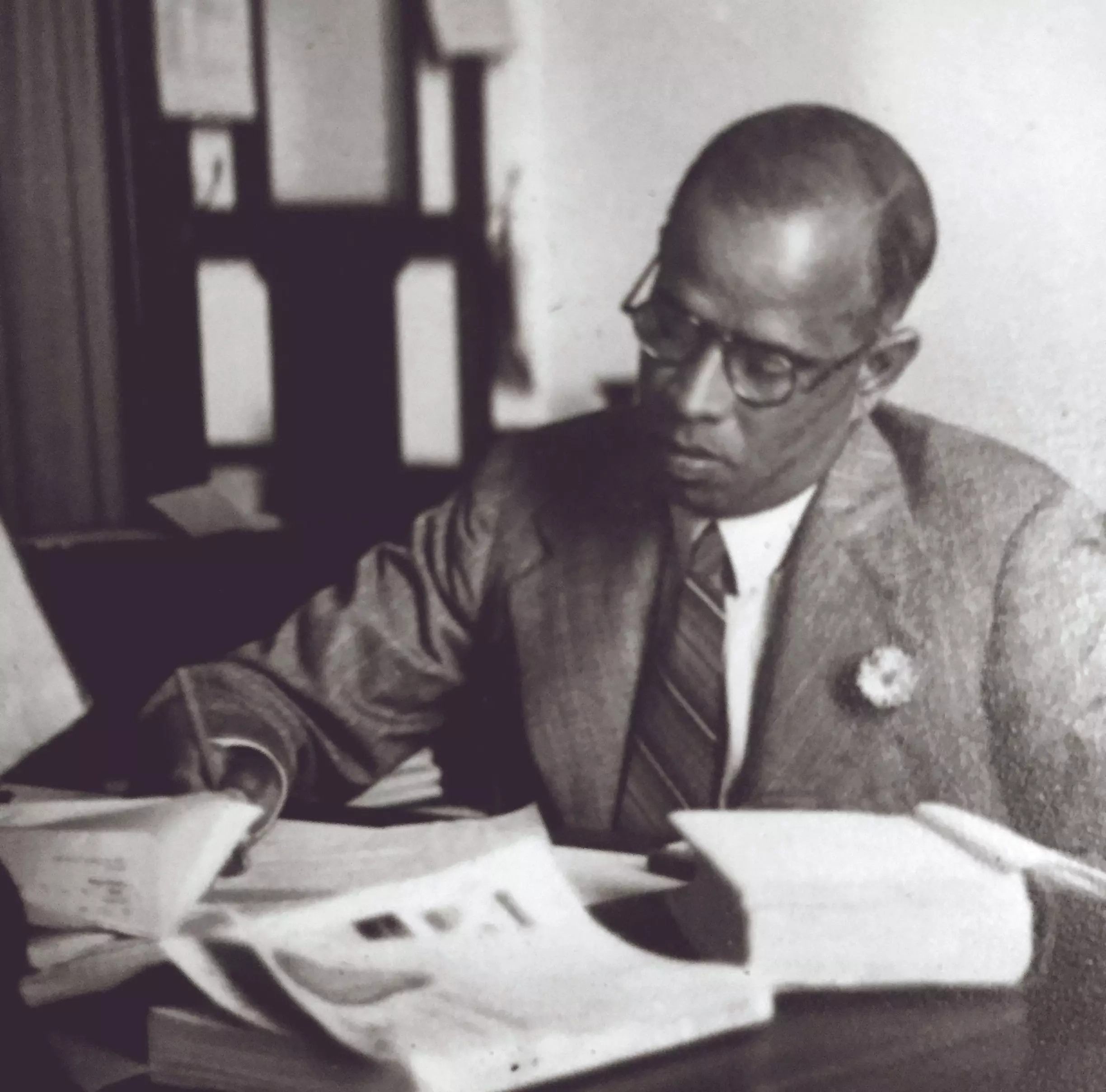An unsung architect
VP Menon’s indefatigable efforts played a pivotal role in accomplishing the assimilation of princely states in India, yet his efforts went unnoticed; writes Ramniwas Malik

The Indian Independence Act received Royal approval in June 1947. It did not delineate a clear policy to decide the future of 565 princes and their states. Ten states were in Pakistan, and 555 were in India. Sardar Patel needed the help of Mountbatten for the annexation of states into the Indian union and requested him to continue as the head of the Dominion beyond August 15, 1947. Mountbatten felt gratified at this gesture of Sardar Patel and promised him to give a "Basket full of Apples" (read Princely States) before he left India for England. Mountbatten was keen to merge all the states, as he did not want to leave behind India in a mess.
Consequently, Mountbatten created the State Department under the wings of the Home Ministry headed by Sardar Patel to deal with the annexation process and deputed V.P. Menon, his brilliant Reform Commissioner, as the Secretary. Menon urgently drafted the document, called the Instrument of Accession, that authorised the Indian government to exercise full control over states in respect of three subjects only, i.e., External Affairs, Defence, and Communications.
The triumvirate of Mountbatten, Sardar Patel, and VP Menon adopted the carrot and dagger policy to deal with the princes: carrots (privy purses, honorifics, and ambassadorship) for those who joined the Union noiselessly and the dagger for the recalcitrant. The die for annexation was cast on July 25 when Mountbatten chaired the Conference of the Chamber of Princes and declared threateningly, "The protection of the British Crown for the princes will lapse on August 15, and thereafter, you will have to negotiate with Sardar Patel, and the Instrument of Accession drafted by Menon would remain unchanged, and stockpiling of arms and ammunition will be of no help."
This announcement completely stunned the princes, and they realised that joining the Indian union was the best option available to them for their not-so-bright future. To accelerate the process, Mountbatten invited the princes for a dinner meeting on July 28. The triumvirate used this occasion again to apply the carrot-and-dagger approach further, bringing recalcitrant princes like the Nawab of Bhopal into submission. Subsequently, all of them signed the Instrument of Accession one by one by the time Mountbatten left for England on June 21, 1948. Hyderabad State remained the only exception, and that too was annexed on September 21, 1948, with the help of a military operation.
Seventy per cent of the states had a geographical area of less than 35 sq. miles. The job of annexing these tiny states was accomplished by VP Menon single-handedly. Sardar Patel was called only once to exert pressure on a group of ten princes in Orissa. Menon combined the 200 tiny states of Gujarat into one Kathiawar Union in February 1949. Likewise, many such states of Rajputana were grouped into Rajasthan Union in March 1949 after obtaining their consents on the dotted lines of the Instrument of Accession. Rajasthan Union was inaugurated by Sardar Patel on March 30, 1949. This is how all the 555 states were annexed to the Indian Union on that historic day, and India truly became the Akhand Bharat for the first time in its long history.
VP Menon worked indefatigably for 21 months to accomplish this onerous job of annexation of 555 states. He cajoled, coaxed, and threatened the princes to bring them into submission. Still, his work was not given due recognition by the government of free India. He was not bestowed with any civilian award, though he richly deserved the Bharat Ratna. His biographer Narayani Basu has rightly titled her book as the 'Unsung Architect of Modern India.'
Views expressed are personal




